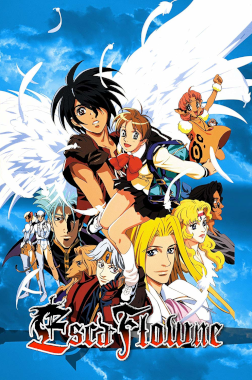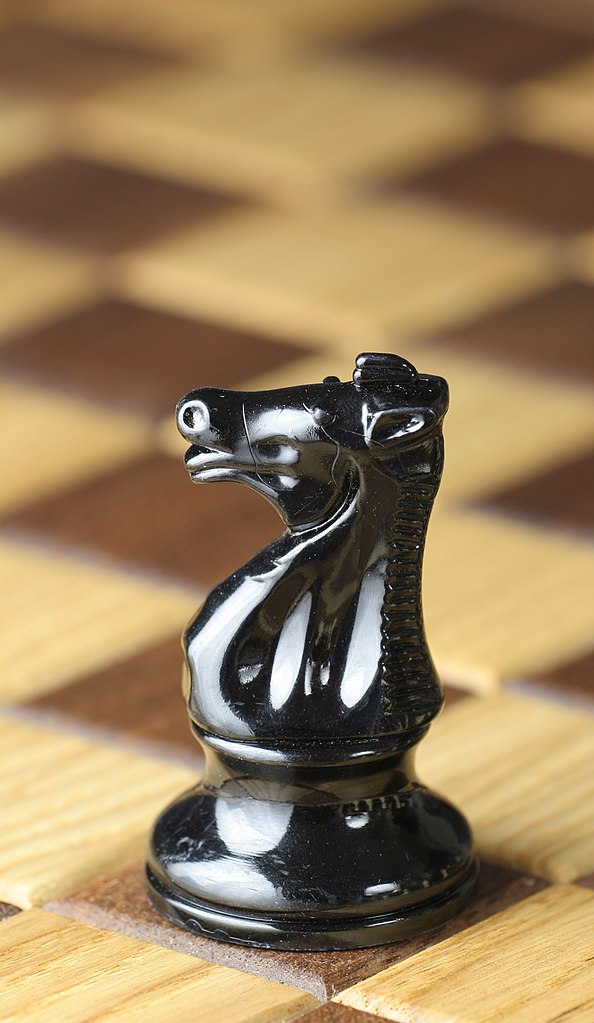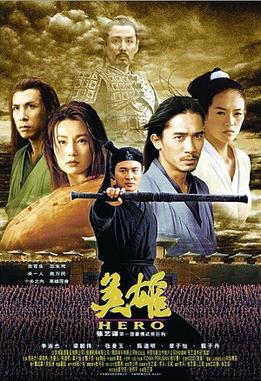This week, I wanted to give a shout out to an epic animated fantasy series that's one of the best of the 1990s, The Vision of Escaflowne:
"Was it all just a dream? Or maybe a vision?
No, it was real."
Set on both Earth and a fantasy world named Gaea, "The Vision of Escaflowne" follows the adventures of a teenage girl named Kanzaki Hitomi, who has a mystic connection to both places. Whilst in the middle of professing her love for the high school track captain, Hitomi encounters Van, the teenage King of the small Gaean nation of Fanelia, and a dragon.
After defeating the dragon, Hitomi and Van are teleported back to Gaea, where Earth and the Moon are visible in the night sky and where Earth is called the Mystic Moon. This is the first clue to the viewer that the series' has yet to be discovered backstory.
Shortly thereafter, Van uses the dragon's heart to power up the eponymous mecha Escaflowne, just as the Zaibach Empire invades his country. Hitomi and Van are then swept up into Zaibach's conquest of the rest of Gaea, meeting a host of other characters along the way, including a jealous teenage catgirl.
It's a rather punishing game to have a drink every time Merle says, "Lord Vaaaaaan!"
Despite the bishōnen aesthetic of the male characters, "The Vision of Escaflowne" has a clever and well written story, with surprising depth and dramatic weight and some unexpected twists, without veering too much into melodrama. Plus, there's a good balance between funny and poignant moments. Additionally, the series successfully blends different genres (e.g., High Fantasy, Mecha, etc.) and puts its own distinctive spin on things.
Also notable are the wonderful soundtrack by Yoko Kanno and the Warsaw Philharmonic Orchestra and the eye popping visuals: this series is animation of a quality not previous seen before on a TV show. The mecha design is top notch, including work from the legendary Kawamori Shōji of Macross fame. There are also some pretty boss fight scenes.
A worldwide hit, "The Vision of Escaflowne" remains a beloved anime that is quite rewatchable more than 20 years later. If you're looking for a fast-paced fantasy action anime filled with creativity, a wonderfully-fleshed out background and many well-designed characters, this may be for you!
After defeating the dragon, Hitomi and Van are teleported back to Gaea, where Earth and the Moon are visible in the night sky and where Earth is called the Mystic Moon. This is the first clue to the viewer that the series' has yet to be discovered backstory.
Shortly thereafter, Van uses the dragon's heart to power up the eponymous mecha Escaflowne, just as the Zaibach Empire invades his country. Hitomi and Van are then swept up into Zaibach's conquest of the rest of Gaea, meeting a host of other characters along the way, including a jealous teenage catgirl.
It's a rather punishing game to have a drink every time Merle says, "Lord Vaaaaaan!"
Despite the bishōnen aesthetic of the male characters, "The Vision of Escaflowne" has a clever and well written story, with surprising depth and dramatic weight and some unexpected twists, without veering too much into melodrama. Plus, there's a good balance between funny and poignant moments. Additionally, the series successfully blends different genres (e.g., High Fantasy, Mecha, etc.) and puts its own distinctive spin on things.
Also notable are the wonderful soundtrack by Yoko Kanno and the Warsaw Philharmonic Orchestra and the eye popping visuals: this series is animation of a quality not previous seen before on a TV show. The mecha design is top notch, including work from the legendary Kawamori Shōji of Macross fame. There are also some pretty boss fight scenes.

















